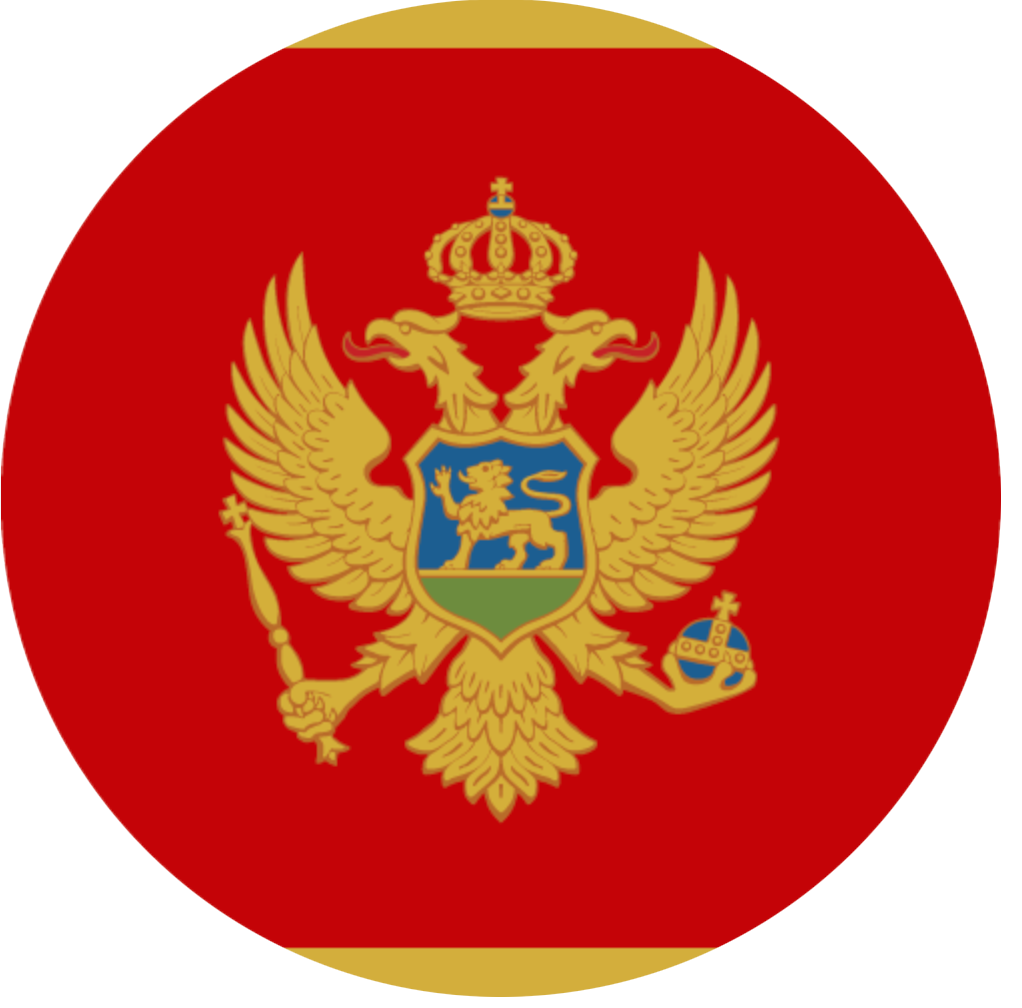
VIRTUAL EXHIBITION
MOUNTAIN PASTURES

Title: Sinjajevina during Winter time church Ružica at Okrugljak katun; Year: 2019; Place: Sinjajevina (Montenegro); Author & Copyright: Wake Up Films
On some days in Sinjajevina, it looks as if no one has ever been there. No footprints, no sign of human intervention. And yet, humans have lived here for centuries and even millennia. In so-called modern societies it is unusual to witness such a delicate human touch, one which nourishes instead of deprives.
Sinjajevina is a huge limestone plateau which, together with Durmitor, makes up close to 1,000 km2 of continuous mountain pastures, the largest in Montenegro and one of the biggest in Europe, providing home and livelihoods to about 250 families of mobile pastoralists and small-scale farming.

Title: Sinjajevina and municipalities using it for transhumance; Year: 2023; Place: Sinja(je)vina (Montenegro); Author & Copyright: IRIS project
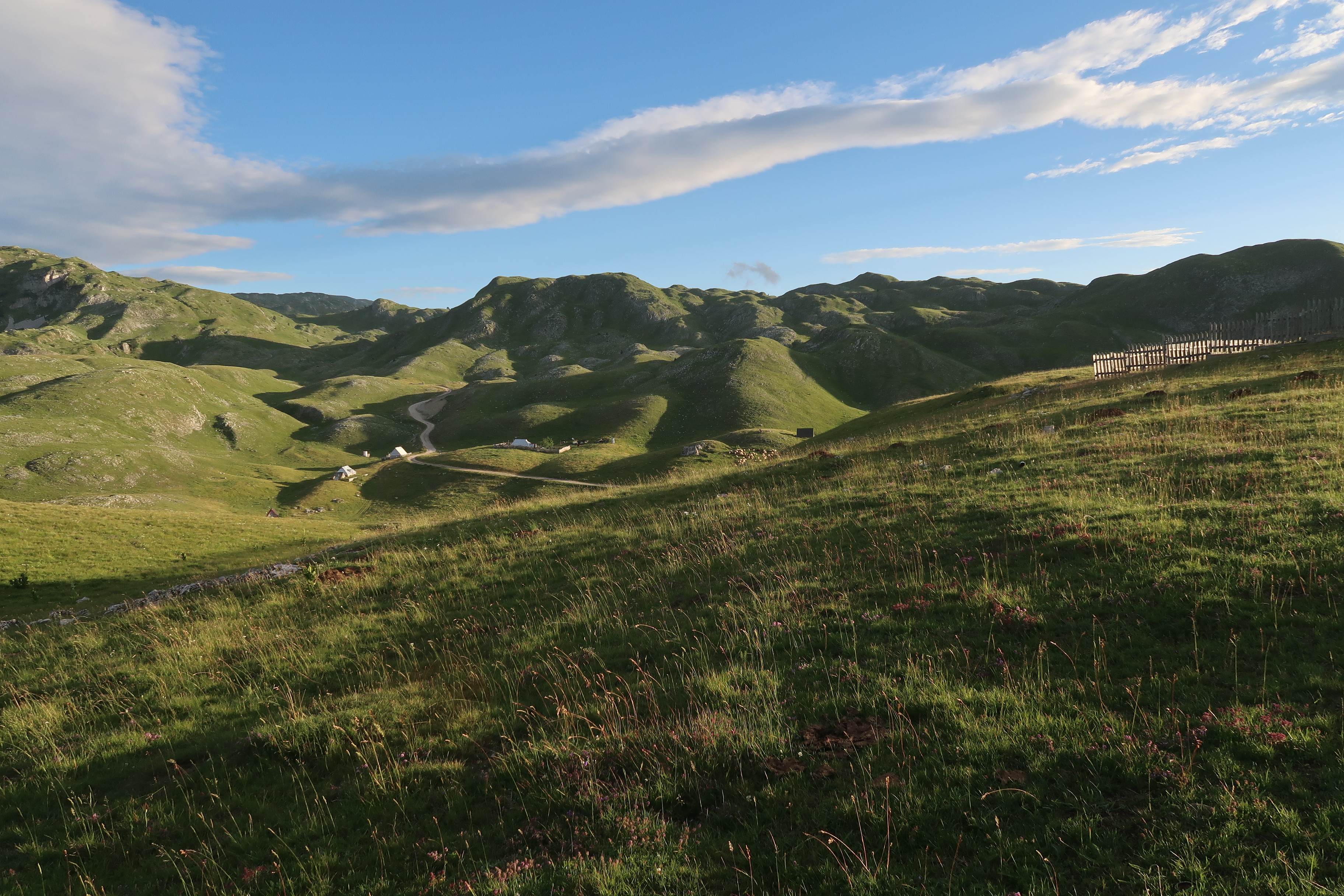
Title: A late afternoon in the highlands; Year: 2022; Place: Martinićki katun, Sinjajevina (Montenegro); Author & Copyright: Aleksandra Kapetanović
KATUNS

Title: Grazing around the pond of katun Okrugljak; Year: 2023; Place: Sinjajevina (Montenegro); Author & Copyright: Aleksandra Kapetanović
In Montenegro, the practice of transhumance is characteristic of mountain areas such as Sinjajevina, which depend on livestock breeding. Due to restricted summer pasture around permanent villages at lower altitudes, the animals must be relocated in late spring to mountain areas with richer grassland. So, from May until September most of the family moves up to mountain pastures, and stays there in temporary seasonal settlements – katuns – which are established for just that purpose.

Title: Summer mowing; Year: 2018; Place: Sinjajevina (Montenegro); Author & Copyright: Wake Up Films
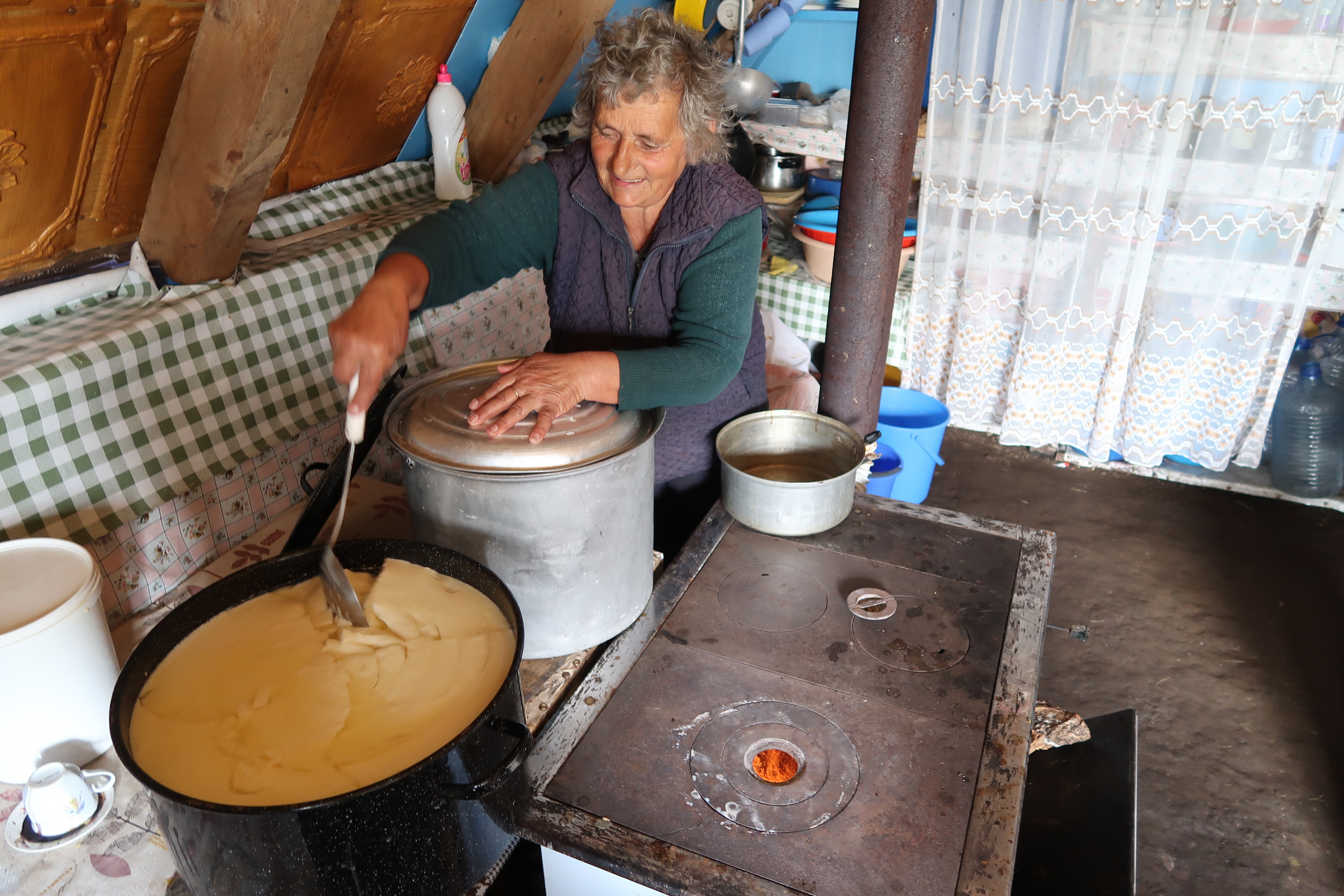
Title: Milk procession at katun; Year: 2019; Place: Sinjajevina (Montenegro); Author & Copyright: Aleksandra Kapetanović
Practices and knowledge related to transhumance and life on katuns have been passed on from generation to generation for thousands of years, and are still alive today. These include the pathways up to the katuns and back to the villages, but also the sustainable governance of common pastures and of scarce water resources with all the challenges that these imply and the knowledge needed to overcome them, as well as milk processing and traditional building construction, or even values such as mutual aid, patience, storytelling, singing or feasting to overcome the long days and nights of solitude in what are often harsh conditions.
CONNECTION

Title: Cultural landscape of katuns; Year: 2022; Place: Staračko field, Sinjajevina (Montenegro); Author & Copyright: Aleksandra Kapetanović

Title: Simplicity of traditional constructions – kućer on a sleigh; Year: 2022; Place: Sinjajevina (Montenegro); Author & Copyright: Aleksandra Kapetanović
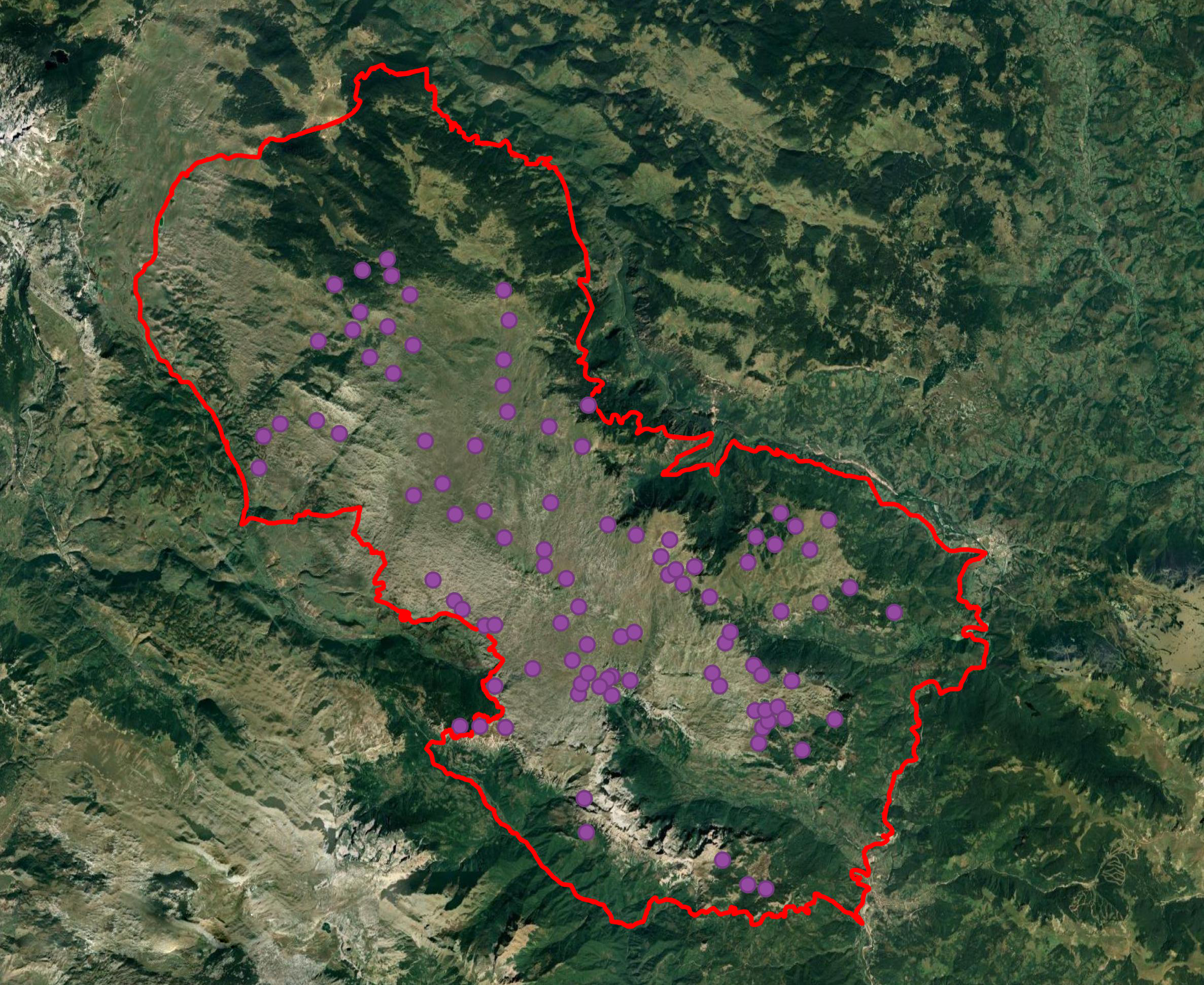
Title: Map of main katuns of Sinjajevina; Year: 2023; Place: Sinja(je)vina (Montenegro); Author & Copyright: IRIS project
SUPPORT

Title: Meetings with people from katuns during the field work; Year: 2022; Place: Sinjajevina (Montenegro); Author & Copyright: Aleksandra Kapetanović
Today Sinjajevina, like many other Montenegrin mountains, suffers from severe depopulation and abandonment connected to, among other factors, the harsh living conditions, the lack of services and the challenge to sell local products. Even planning systems can be diametrically opposed to traditional pastoralism, like the military training ground officially created in the territory in 2019.
Nevertheless, it is important that the katun way of life is maintained: it assures a myriad of benefits for the ecosystem, including important biodiversity conservation, climate change mitigation while staying highly productive and the survival of a culture with unique values and particularities.

Title: Resisting living practicies; Year: 2023; Place: Sinjajevina (Montenegro); Author & Copyright: Aleksandra Kapetanović
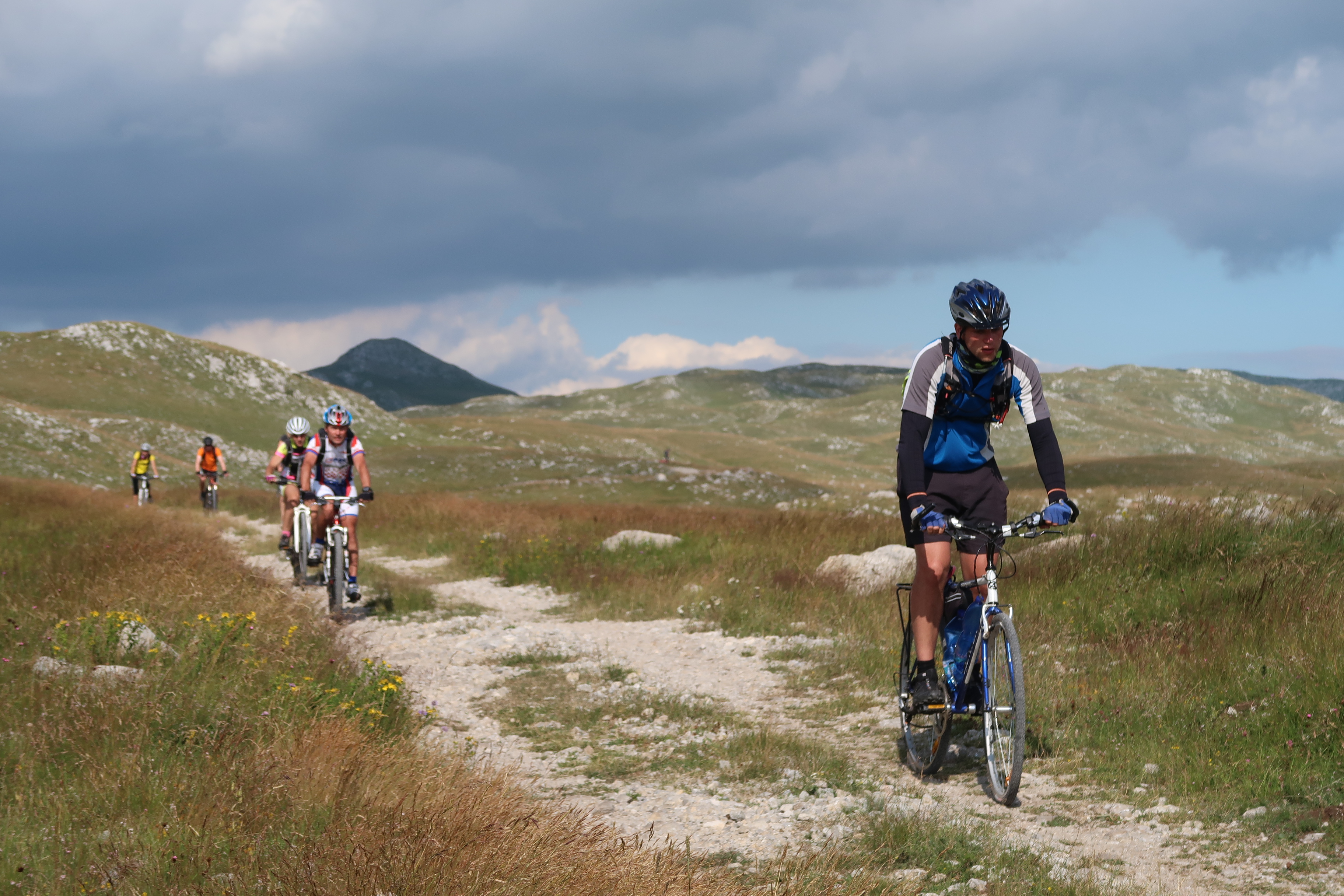
Title: Potentials of sustainable rural tourism; Year: 2019; Place: Sinjajevina (Montenegro); Author & Copyright: Aleksandra Kapetanović.
In order to help local communities maintain their practices that have conserved and still contribute today to the conservation of these outstanding landscapes, it is vital to support the local agroeconomy, to improve infrastructure, while developing sustainable rural tourism in cooperation with all stakeholders. If handled correctly, Sinjajevina could become a true beacon for the region, and play a key role in future developments for both Sinjajevina, Montenegro and its neighbouring countries.
